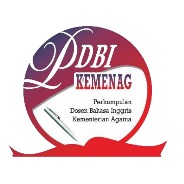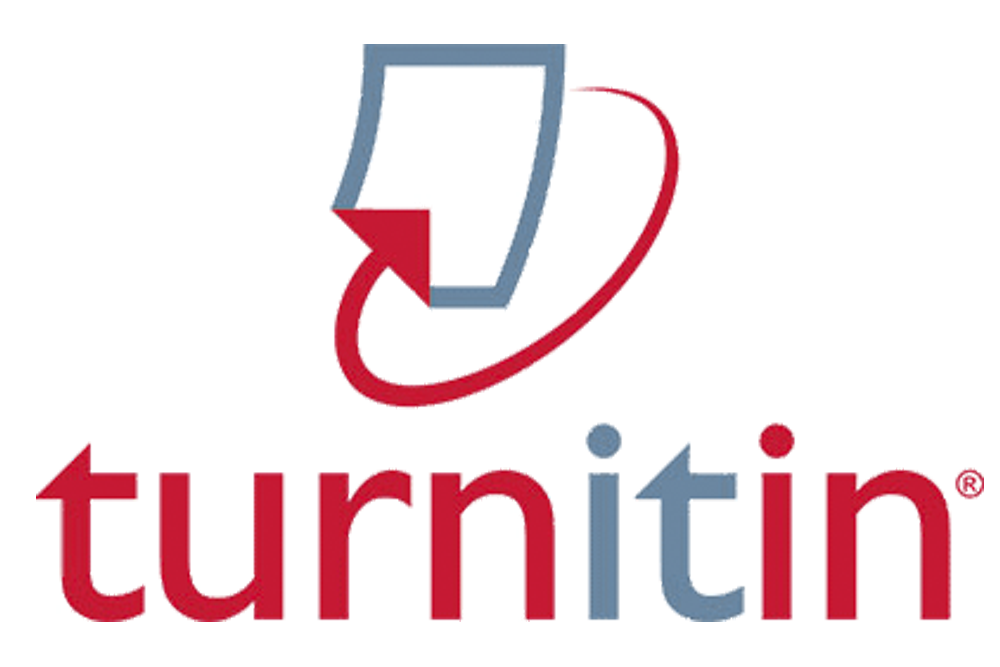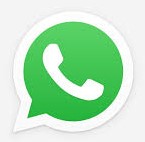Language Styles Analysis in Coffee and Tea Advertisement on Mass Media
Abstract
This research aims to describe the language style used and the meanings contained in the coffee and tea advertisement on mass media. Researchers chose coffee and tea advertisement in mass media as the object of research. The method in this research was descriptive qualitative. The data collection technique was observation and notetaking. The data collected were categorized according to the type of advertisement and then analyzed one by one using language style theory and semantic theory. The results of this research found 27 data on coffee and tea advertisement containing language styles, consisting of 3 rhetorical language styles (consisting of 1 alliteration, 7 assonances, and 11 hyperboles), then 3 figurative language styles (consisting of 1 personification, 1 simile, and 2 synecdoches), and 4 denotative meaning (does not contain language style), as well as the semantic meaning contained in it. The repetition of consonant sounds always occurs in an alliteration language style. While in assonance, the style of language was in the form of repetition of the same vowel sound to achieve the goal of obtaining a beautiful effect in a sentence. Meanwhile, hyperbola was a style of language that tends to exaggerate the actual reality. In the figurative style, personification was a style of language that describes inanimate objects as if they saw a living creature. In contrast to simile, this style was comparing the similarities of something, and synecdoche was a style of language used to express a whole or a part. While denotative meaning was a language or word that was used to express something that was without any deviation from the word. Hyperbole was the most common language style found in this research. This was because the advertisement writer wants to highlight the specialty of the coffee and tea products offered by using excessive elements in the advertising language and wants to define a product in an interesting sentence through a short direct comparison. The element of exaggeration in his words was evident in the style of hyperbole.
Keywords
Full Text:
PDFReferences
Chaer, A., 2007. Linguistik Umum. Rineka Cipta. Jakarta.
Chomsky, N., 1965. Aspects of the Theory of Syntax. Cambridge, MA: MIT Press.
Jefkins, F., 1996. Periklanan. Erlangga. Jakarta.
Keraf, G., 2009. Diksi dan Gaya Bahasa. Gramedia Pustaka Utama. Jakarta.
Leech, G.N., 1966. English in Advertising: A Linguistic Study of Advertising in Great Britain. Longmans, London.
Meleong, L.J., 1989. Metologi Penelitian Kualitatif. PT Remaja Rosdakarya, Bandung.
Nielsen: Belanja Iklan Online Services Melonjak 67 Persen di 2021 - Bisnis Liputan6.com
Pranowo, 2009. Berbahasa Secara Santun. Pustaka Pelajar. Yogyakarta.
Rossiter, J.R., Percy, L., 1984. Advertising communication models. Faculty of Business, New South Wales Institute of Technology, Sydney.
Saussure, F. de, 1996. Pengantar Linguistik Umum (Penerjemah: Rahayu S. Hidayat). Gadjah Mada University Press.
Shurter, R.L., 1971. Written Communication in Business. New York, McGraw-Hill.
Sugiyono, 2017. Metode Penelitian Kuantitatif, Kualitatif, dan R&D. Alfabeta. Bandung.
Usman, H., Akbar, P.S., 2015. Metodologi Penelitian Sosial. Bumi Aksara. Jakarta.
Wibowo, W., 2003. Sihir Iklan: Format Komunikasi Mondial dalam Kehidupan Urban-Kosmopolit. Gramedia Pustaka Utama, Jakarta.
DOI: http://dx.doi.org/10.29240/ef.v6i2.5319
Refbacks
- There are currently no refbacks.
Copyright (c) 2022 Komala Dwi Syaputri, Neti Afriani

This work is licensed under a Creative Commons Attribution-NonCommercial-ShareAlike 4.0 International License.
INDEXED BY:
 This work is licensed under a Creative Commons Attribution-NonCommercial-ShareAlike 4.0 International License
This work is licensed under a Creative Commons Attribution-NonCommercial-ShareAlike 4.0 International License
@ ENGLISH FRANCA : Academic Journal of English Language and Education
Jl. Dr. AK Gani No 1 Dusun Curup, Rejang Lebong Regency, Bengkulu Province, Indonesia, 39119.
Dr. Eka Apriani, M.Pd., email: efranca@iaincurup.ac.id, eka.apriani@iaincurup.ac.id.




.png)












